Batu Punggul Sabah in Brief
Hidden deep in Sabah’s interior, far from the bustling cities and beaches, stands Batu Punggul Sabah a magnificent limestone pinnacle that pierces the forest canopy. This towering natural monolith rises 200 meters above the surrounding jungle and the emerald waters of the Sapulut River, creating one of Borneo’s most breathtaking sights.
For adventure travelers, Batu Punggul offers the perfect combination of physical challenge, cultural immersion, and untouched natural beauty. Climbing it is not just about conquering a rock it’s about connecting with the soul of Borneo. Here, legends whisper through the trees, the Murut people guard ancient traditions, and the rainforest rewards those willing to explore its depths.
In this comprehensive guide, you’ll learn everything about Batu Punggul Sabah its mythic origins, how to reach it, what to expect on the climb, safety tips, nearby attractions, and why it’s one of Sabah’s most rewarding off‑the‑beaten‑path adventures.
Legend & Cultural Significance
Murut Beliefs & Myths
The Murut people, one of Sabah’s indigenous groups, have lived in the Sapulut region for generations. To them, Batu Punggul is sacred a reminder of ancestral stories that teach respect for nature and humility before the spiritual world. According to Murut beliefs, every rock, river, and mountain holds a soul or guardian spirit, and Batu Punggul is among the most powerful.
Climbers often hear that locals perform a short prayer or offering before ascending, asking the guardian spirit’s permission to climb safely. This act is a sign of respect and acknowledgment of the rock’s living essence a custom that reflects the deep spiritual relationship between the Murut and their environment.
The Petrified Longhouse Story
The most famous legend says Batu Punggul was once a longhouse the home of proud villagers who mocked nature and animals. Their arrogance angered the gods, who turned the entire longhouse and its people into stone. The result was this massive rock, standing as an eternal reminder of the consequences of disrespecting the natural world.
Locals say the word “Punggul” means “stump,” symbolizing what remains of the longhouse after divine punishment. Another version tells of two neighboring villages, Punggul and Tinahas, both turned into stone after ignoring sacred taboos. When you see the nearby Batu Tinahas formation, it’s said to be the second village.
These stories aren’t just folklore they serve as moral lessons passed down through generations, reinforcing the Murut’s philosophy that balance and respect must exist between humans and nature.
Geography, Location & Natural Features
Where Is Batu Punggul?
Batu Punggul sits in the Sapulut region of the Nabawan District, part of Sabah’s interior on the island of Borneo. It lies roughly halfway between Keningau and Kalabakan, deep within lush tropical rainforest.
From Kota Kinabalu, the capital of Sabah, the journey to Batu Punggul spans approximately 7–8 hours by road. The trip takes you across mountain passes, winding valleys, and remote villages a journey in itself that showcases the diversity of Sabah’s landscapes.
Geological Formation & Ecosystem
Batu Punggul is a karst limestone pinnacle, one of over 200 similar formations scattered across Sabah. These limestone spires began as ancient coral reefs millions of years ago, uplifted by geological forces and sculpted by erosion into dramatic towers.
The surrounding rainforest is part of the Batu Punggul Forest Reserve, a protected area teeming with biodiversity. The region is home to hornbills, macaques, gibbons, and countless species of orchids, ferns, and medicinal plants. The karst landscape also harbors hidden caves and underground streams, many of which remain unexplored.
This pristine environment gives travelers a rare glimpse of Borneo’s natural wealth a world where the forest hums with life and every step brings discovery.
The Journey to Batu Punggul
Getting There: From Kota Kinabalu to Sapulut
Most travelers begin their journey from Kota Kinabalu (KK). The drive follows the Pan Borneo Highway to Keningau (about 2.5 hours), a bustling interior town. From there, you continue another 3 to 4 hours to Sapulut, navigating gravel roads, river crossings, and rolling hills covered in thick jungle.
While the road is mostly paved, certain sections can be rough, especially after rain. A 4WD vehicle is highly recommended for safety and comfort.
Upon reaching Sapulut, you’ll find small villages and community lodges where you can rest before the next day’s adventure.
The River Journey
From Sapulut, travelers proceed to Kampung Tataluan, a Murut village that serves as the launch point to Batu Punggul. Here, you’ll board a traditional longboat for a scenic ride along the Sapulut River. The journey takes around 10–15 minutes, passing towering forest walls and limestone cliffs that hint at the adventure ahead.
The riverbanks are alive with bird calls and flashes of color — kingfishers, butterflies, and dragonflies darting above the water. During the dry season, the river runs calm and clear, reflecting the jungle canopy like a mirror.
Jungle Trekking to the Base
After the boat ride, a 30–40 minute trek through dense rainforest brings you to the base of Batu Punggul. The trail is moderately challenging — expect slippery slopes, tangled roots, and occasional leeches. Along the way, your guide might point out medicinal plants or signs of wildlife.
The first sight of Batu Punggul’s limestone walls emerging from the trees is awe-inspiring a white-grey tower piercing through a sea of green.
Climbing the Pinnacle
The Ascent
Climbing Batu Punggul Sabah is both thrilling and humbling. The route involves steep scrambling, narrow ledges, and rope-assisted sections that test your strength and nerve. It’s not technical rock climbing, but it does require good fitness, balance, and confidence with heights.
The climb typically takes 45–60 minutes to reach the summit. Guides are mandatory for safety they know the route, anchor points, and how to manage risks. The limestone provides good grip, but be cautious: the surface can be sharp and the drop-offs unforgiving.
As you ascend, you’ll pass through small caves and crevices filled with stalactites, ferns, and even bats. The air gets thinner, the sounds of the forest fade, and anticipation builds.
The Summit View
Reaching the top of Batu Punggul feels like standing on the edge of the world. From here, you’re rewarded with a 360-degree panorama of Sabah’s interior endless jungle, winding rivers, and distant limestone peaks like Batu Tinahas.
The Sapulut River glistens below like a silver ribbon, and the faint mist hanging over the valley adds to the mystical atmosphere. Many climbers describe a deep sense of peace and humility, standing where ancient spirits once walked.
Safety Tips
- Always climb with a certified local guide.
- Avoid climbing in the rain, the limestone becomes slippery.
- Wear gloves and proper hiking shoes with good grip.
- Bring plenty of water and a light snack.
- Don’t rush, enjoy the climb and the view.
Descending is often more difficult than ascending; take your time and maintain three points of contact at all times.
Best Time to Visit
The dry season (February to September) offers the safest and most pleasant conditions. The wet months can make trails muddy, and the river levels may rise too high for safe boat travel. Early morning climbs are best cooler temperatures and fewer insects.
What to Bring — Packing for Batu Punggul
A well-prepared pack ensures a safe and enjoyable climb. Here’s what every adventurer should bring:
Essential Gear:
- Lightweight backpack (waterproof if possible)
- At least 2 liters of drinking water
- Energy snacks (nuts, chocolate, dried fruit)
- Gloves for rope sections
- Quick-dry clothing & sturdy hiking shoes
- Rain jacket or poncho
- Hat, sunglasses & sunscreen
- Insect repellent & leech socks
- First-aid kit
- Camera or GoPro (with wrist strap)
Optional but useful: walking stick, binoculars for birdwatching, and a dry bag for electronics.
Nearby Attractions & Activities
Batu Tinahas
Only a short trek from Batu Punggul lies Batu Tinahas, another limestone formation with dramatic cliffs and cave systems. Locals believe it’s the twin of Batu Punggul the second longhouse turned to stone. Exploring Tinahas offers a chance to see stalactites, cave chambers, and echoing rock walls known as “gong rocks” for the sound they make when struck.
River Adventures & Waterfalls
The Sapulut River offers excellent opportunities for river cruising, swimming, and bamboo rafting. A short ride upstream may reveal small waterfalls perfect for a refreshing dip after your climb.
Village Visits
Visiting nearby Murut villages is a highlight of the trip. You can experience traditional bamboo dancing, taste local delicacies like smoked fish and tapioca leaves, and try tapai a sweet fermented rice wine. These encounters give insight into the culture that defines Sabah’s interior.
Forest & Wildlife Exploration
If time allows, explore the surrounding Batu Punggul Forest Reserve or the nearby Sungai Sansiang Virgin Forest Reserve. Guided jungle walks reveal exotic plants, rare orchids, and maybe even glimpses of hornbills or slow lorises. These forests are among Sabah’s last untouched rainforests.
Tips & Precautions for Adventurers
- Physical Readiness: Train your stamina and strength before attempting the climb. Core and leg exercises help with balance and endurance.
- Local Guides: Always book through local operators or with certified community guides. They ensure safety, environmental care, and cultural respect.
- Weather Check: Avoid visiting during peak rainy months (November–January). Sudden downpours can make the climb hazardous.
- Respect Traditions: Avoid loud noises or disrespectful behavior at the site. Many locals still regard Batu Punggul as sacred ground.
- Environmental Responsibility: As tourism grows in Sabah’s interior, sustainability becomes increasingly important. Batu Punggul is not only a climbing destination but also a fragile ecosystem and visitors have a duty to protect it. Every footprint left behind matters. Here’s how travelers can minimize their environmental impact:
- Leave No Trace: Carry out all rubbish, including food wrappers and plastic bottles.
- Stay on Marked Trails: Avoid creating new paths that damage plants and cause erosion.
- Respect Wildlife: Observe animals from a distance and never feed them.
- Use Eco-Friendly Products: Choose biodegradable soap and insect repellent to prevent water pollution.
- Support Local Conservation Efforts: Book tours through community-run eco-lodges or local cooperatives that reinvest in protecting the forest.
By traveling responsibly, you help preserve Batu Punggul’s pristine beauty for future generations ensuring the forest continues to thrive and the Murut people can maintain their sacred traditions.
Accommodation Options
Though Batu Punggul lies deep in the interior, several eco-lodges and homestays cater to travelers seeking authentic experiences. These accommodations are modest yet comfortable, offering warm hospitality and cultural immersion.
a. Punggul Eco Lodge (Sapulut)
Located near the Sapulut River, this community-run lodge provides wooden chalets surrounded by rainforest. Meals often feature locally sourced ingredients, and guides can arrange climbing tours, jungle treks, or cultural performances. Electricity is limited to certain hours, adding to the rustic charm.
b. Sapulut Rainforest Lodge
A larger option offering comfortable cabins, solar-powered lighting, and river-view dining areas. This lodge partners with local guides and emphasizes responsible tourism, ensuring minimal environmental impact.
c. Murut Village Homestays
For travelers seeking a deeper connection with local culture, several Murut families in Kampung Tataluan and nearby villages open their homes to guests. Staying here means sharing meals, joining daily activities, and hearing oral stories about Batu Punggul firsthand.
Travel Tip: Book accommodation in advance, as facilities are limited. Bringing some snacks and essentials from Keningau or Kota Kinabalu is recommended since shops near Sapulut are small and sparsely stocked.
Adventure Beyond Batu Punggul
While Batu Punggul is the centerpiece of the region, the surrounding interior offers plenty more for those who crave adventure and discovery.
a. Hidden Caves and Underground Rivers
The limestone terrain around Sapulut hides networks of unexplored caves, some containing ancient formations and underground streams. Guided caving trips can be arranged for those interested in geology and exploration.
b. Maliau Basin Conservation Area
Often called Sabah’s Lost World, Maliau Basin lies about 3–4 hours from Batu Punggul. It’s one of Borneo’s most remote ecosystems, home to rare wildlife, waterfalls, and dense virgin rainforest. Visiting both Batu Punggul and Maliau Basin gives travelers a complete taste of Borneo’s interior wilderness.
c. Crocker Range Park
En route to or from Keningau, this mountain range features cool air, montane forests, and nature trails. It’s perfect for a relaxing stop after the challenges of Batu Punggul.
d. Kalabakan and Tawau Highlands
For those continuing south, the Kalabakan–Tawau route reveals another side of Sabah — forest reserves, tea plantations, and the transition from interior rainforest to coastal lowlands.
Responsible Tourism & Community Empowerment
Tourism around Batu Punggul has become a source of livelihood for many Murut villagers. From guiding climbers to crafting souvenirs and preparing traditional meals, locals are active participants in developing sustainable eco-tourism.
Community-Led Initiatives Include:
Eco-guiding and conservation patrols to protect wildlife and monitor visitors’ impact.
Cultural performances showcasing Murut dances, gongs, and traditional attire.
Handicrafts and local products like woven baskets, bamboo items, and herbal teas available for purchase — a great way to support the local economy.
By choosing community-based operators, travelers directly contribute to the preservation of both culture and nature. The Murut people take immense pride in their heritage, and sustainable tourism ensures that the younger generation continues these traditions.
Car Rental and Accessibility Tips
Because Batu Punggul is located far from urban centers, renting a car in Kota Kinabalu is the most practical option for independent travelers. Having your own transport allows flexibility to stop at viewpoints, visit other interior attractions, and travel at your own pace.
Tips for Renting a Car for Batu Punggul Trip:
Opt for a 4WD vehicle due to uneven and sometimes muddy roads.
Book in advance with reputable car rental agencies in Kota Kinabalu or Keningau.
Fuel up early, petrol stations are limited once you pass Keningau.
Consider hiring a local driver familiar with the interior routes if you prefer not to drive yourself.
Self-driving adds adventure and convenience, but safety should come first always check weather and road conditions before departure.
FAQs About Batu Punggul Sabah
Q1: Do I need a permit to climb Batu Punggul?
Yes. Visitors must register with local guides or tour operators in Sapulut. The fee covers guiding services and conservation contributions.
Q2: Is the climb suitable for beginners?
While no technical climbing gear is required, the route is steep and physically demanding. Basic fitness and comfort with heights are essential.
Q3: Can I visit Batu Punggul on a day trip from Kota Kinabalu?
Not recommended. The journey takes 7–8 hours one way, so most travelers stay overnight in Sapulut or nearby lodges.
Q4: What’s the best season to visit Batu Punggul?
The dry season (February–September) is ideal. Avoid heavy rain months between November and January.
Q5: Is there mobile signal or internet access?
Signal is weak or unavailable in the Sapulut region. Most lodges rely on satellite communication. It’s a great opportunity to disconnect from digital life and immerse in nature.
Q6: Are there other activities for non-climbers?
Yes! Visitors can enjoy river cruises, jungle walks, cave explorations, and cultural experiences with the Murut community.
Q7: Is Batu Punggul safe for solo travelers?
Yes, if arranged through licensed guides. However, it’s best to join a small group tour for safety and companionship.
Why Batu Punggul Should Be on Every Adventurer’s List
Batu Punggul Sabah is not just a climb, it’s an awakening. The towering limestone, ancient legends, and serene rainforest combine into an experience that captures the wild spirit of Borneo. Here, adventure meets culture, and every step reminds you of humanity’s deep bond with nature.
From the Murut people’s sacred stories to the heart-pounding ascent to its peak, Batu Punggul challenges you to push limits, respect traditions, and reconnect with the earth. For those seeking to explore beyond Sabah’s popular islands and mountains, Batu Punggul offers something rare a journey into the hidden soul of Borneo.
Embrace the Wild Heart of Sabah
Visiting Batu Punggul Sabah means venturing off the map trading comfort for discovery and convenience for authenticity. Whether you’re drawn by the thrill of the climb, the power of its legends, or the tranquility of the jungle, Batu Punggul promises an unforgettable experience.
It’s a destination for explorers, nature lovers, and dreamers, those who wish to stand on a rock shaped by time and story, overlooking a land as ancient as it is alive.
So pack your bags, take the road less traveled, and let Batu Punggul awaken your sense of adventure, deep in the wild, beating heart of Borneo.

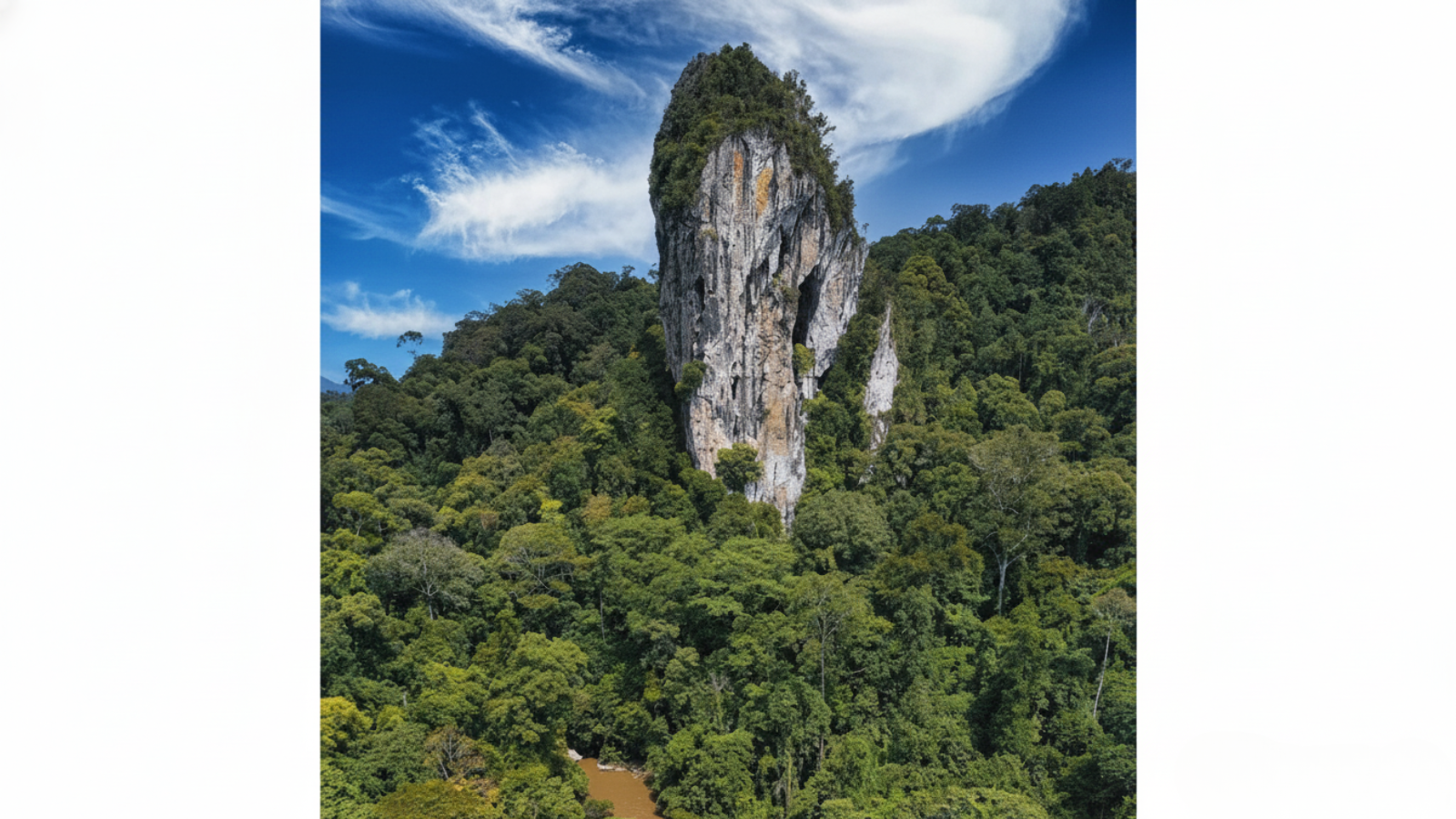
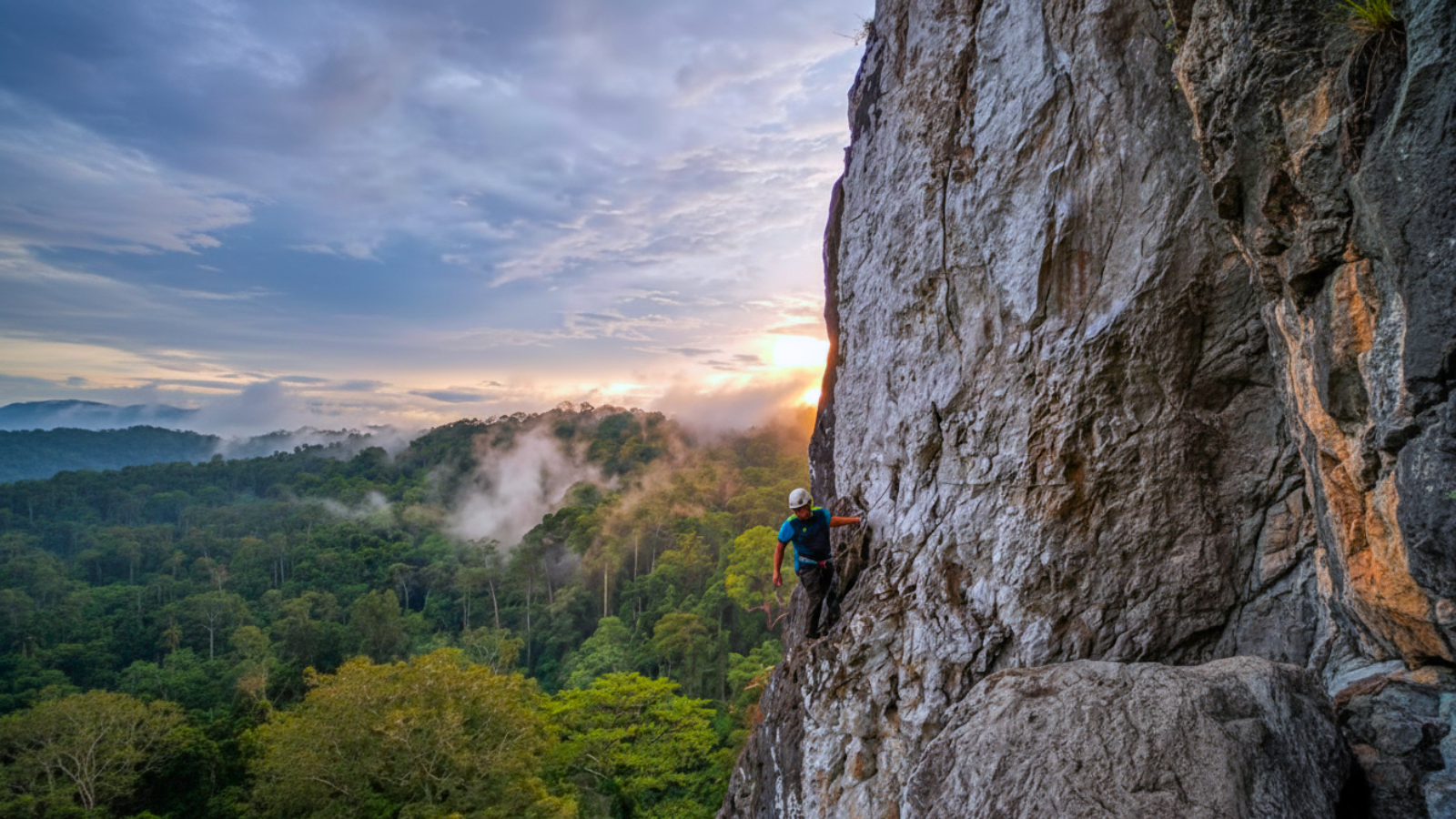
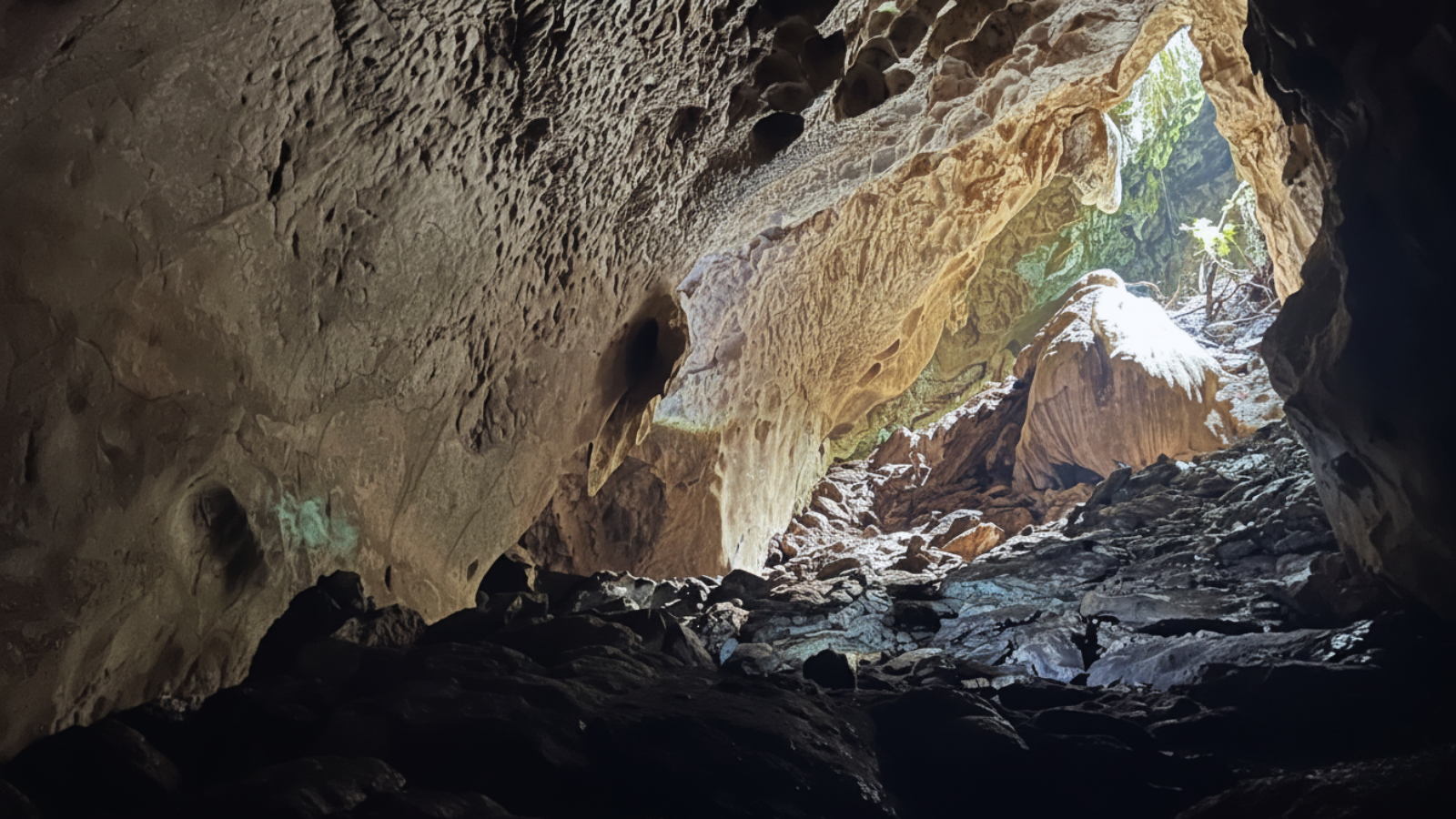
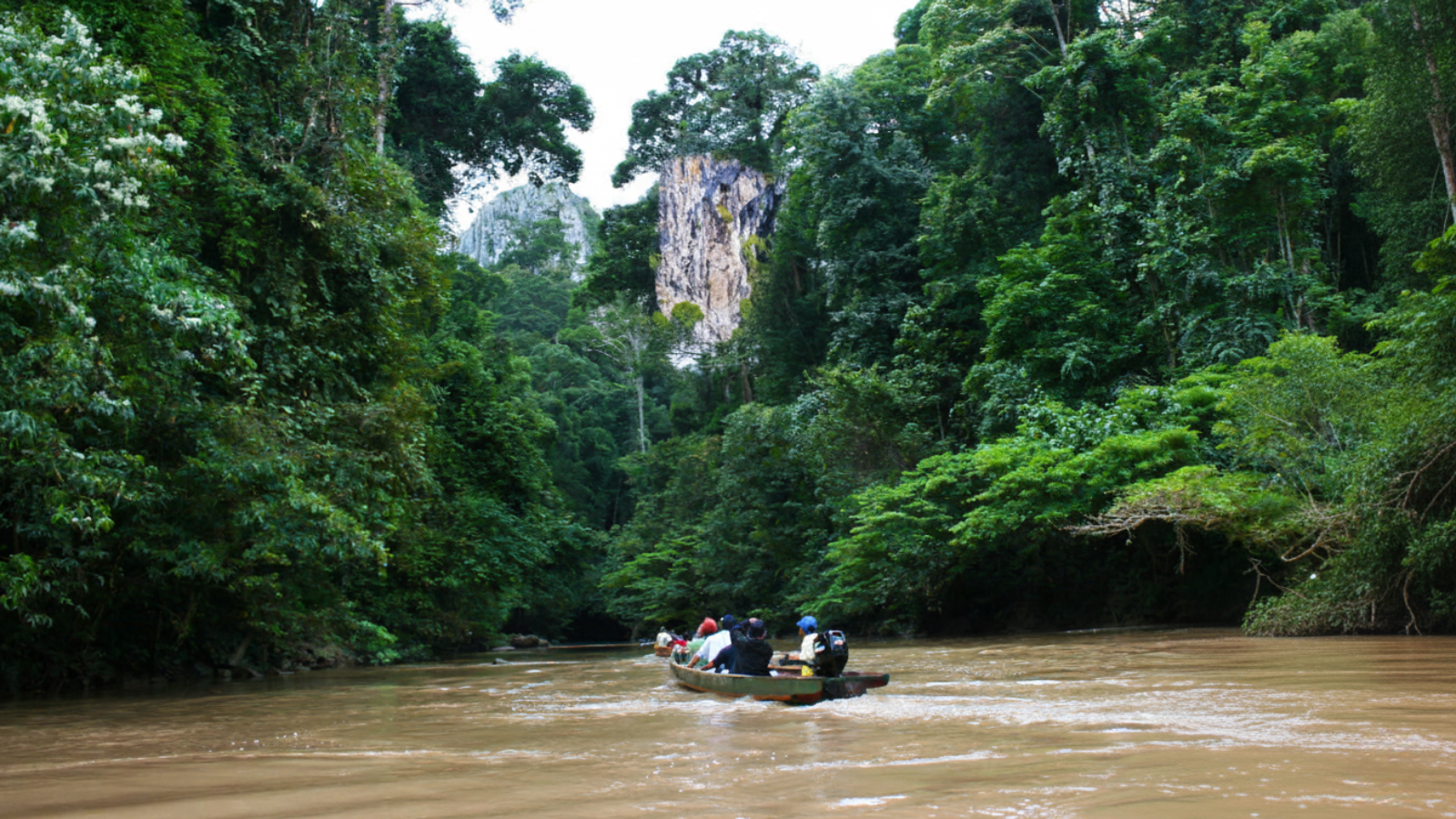
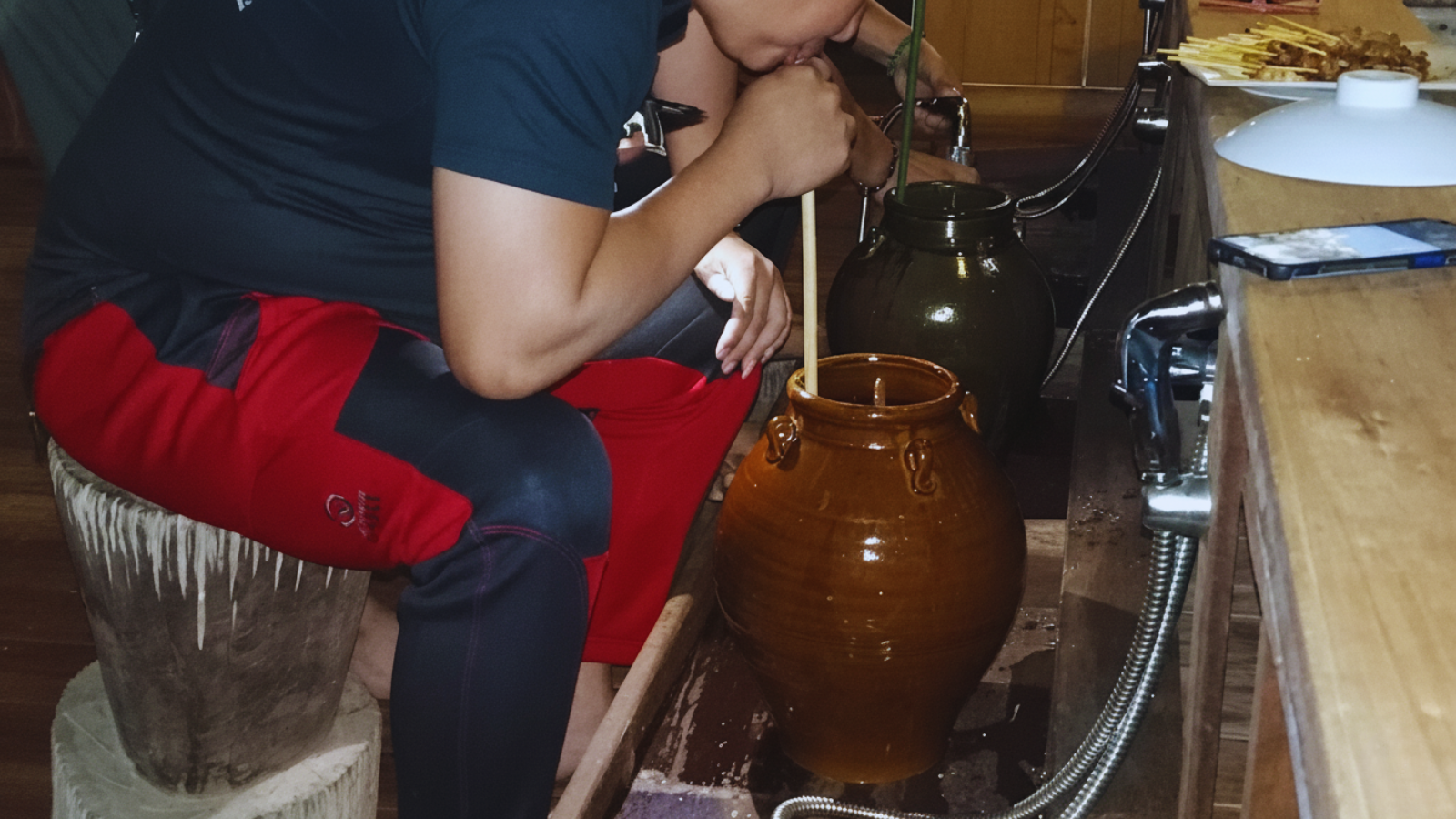
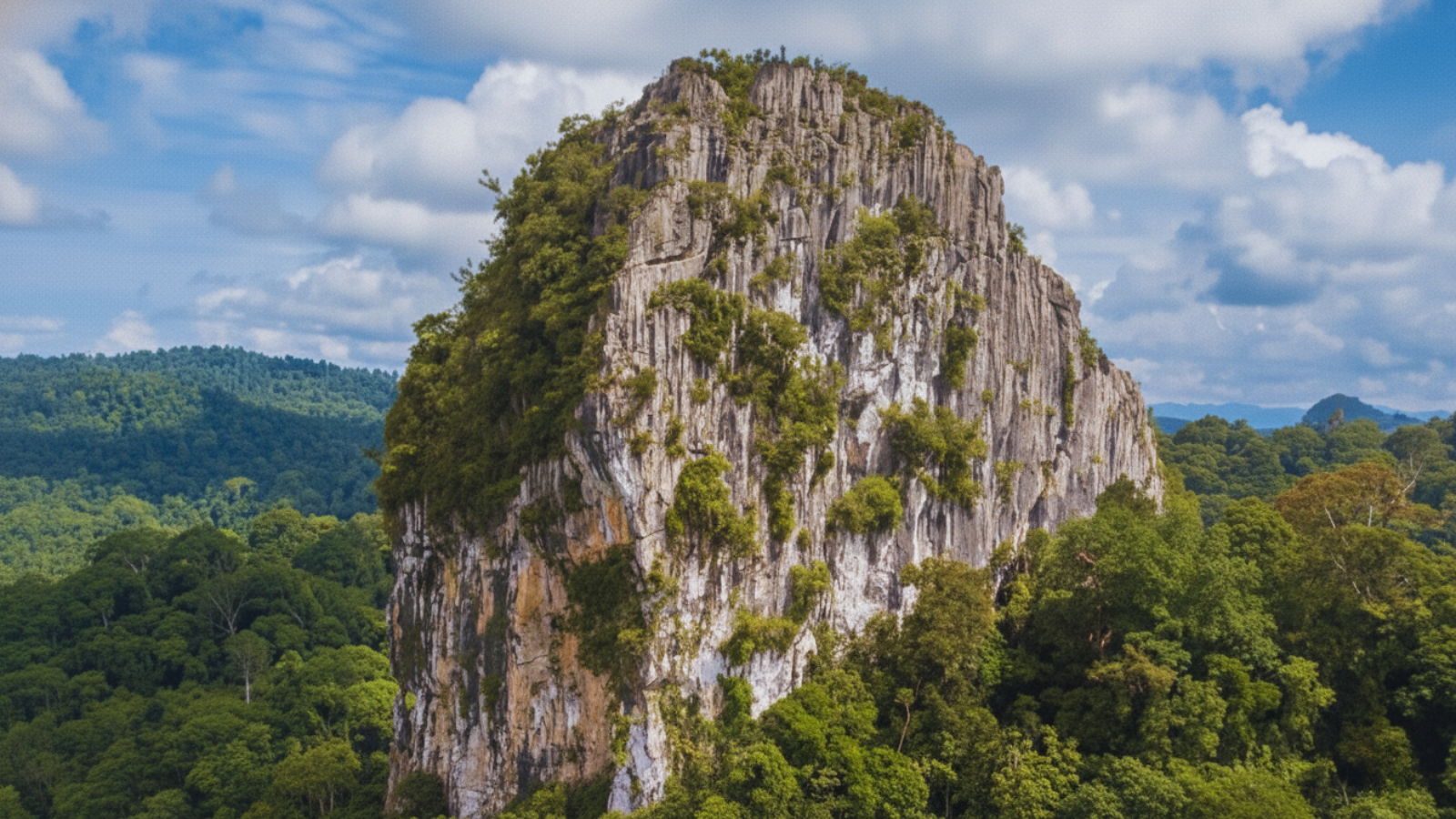









0 Comments